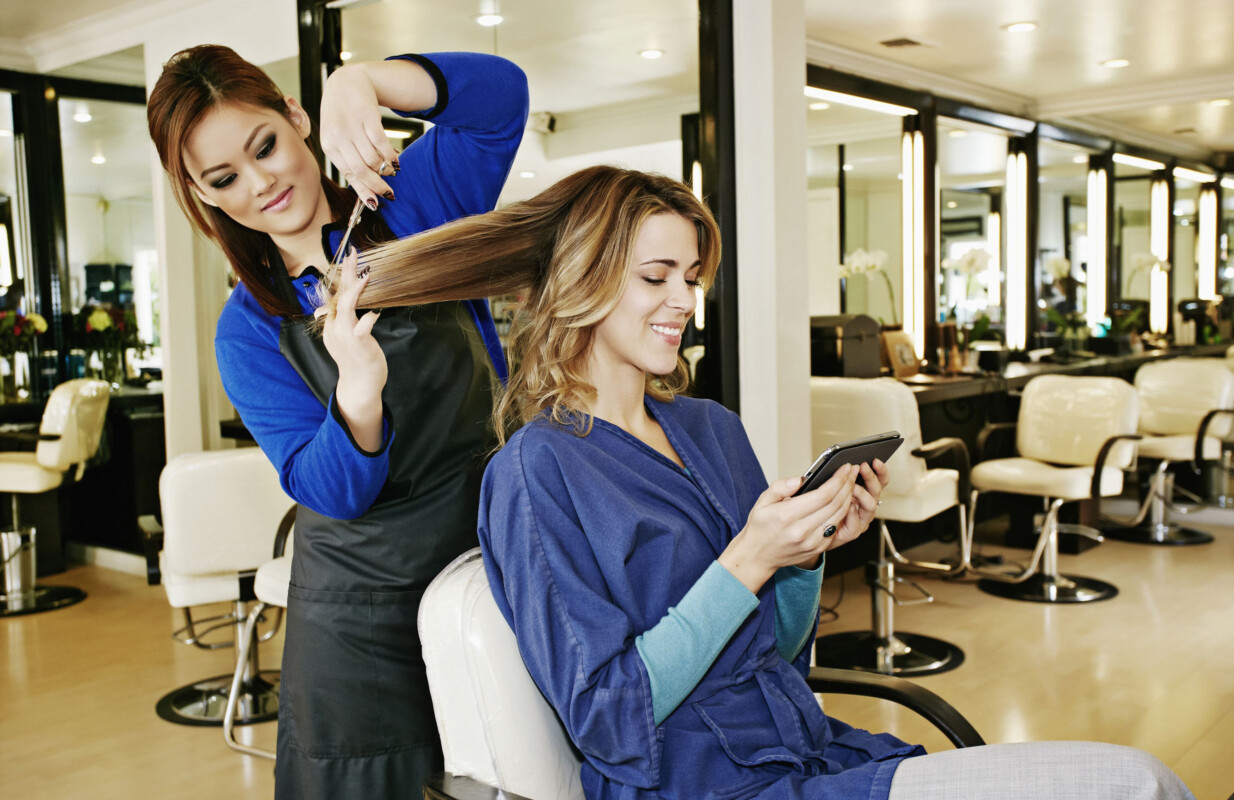Do you know what your hair is made of and how to make it grow faster and stronger? If you are like me, you probably care a lot about your hair and want to keep it healthy and beautiful. But to do that, you need to understand the basics of hair structure, composition, and growth, and how they affect your hair health and appearance. In this article, I will share with you everything you need to know about what hair is made of, how it grows, what factors influence its health and growth, and what tips and suggestions can help you improve them. By the end of this article, you will have a better understanding of your hair and how to take care of it. So, let’s get started!
What is hair made of?
You may think that your hair is just a bunch of dead cells that grow out of your head, but there is more to it than that. Your hair is actually made of a protein called keratin, which is also found in your nails and skin. Keratin is composed of amino acids, which are the building blocks of proteins. One of the most important amino acids in keratin is cysteine, which contains sulfur atoms. These sulfur atoms can form bonds called disulfide bridges, which give keratin its strength and shape. Keratin is a strong and flexible protein that consists of amino acids, the building blocks of proteins. One of the most important amino acids in keratin is cysteine, which contains sulfur atoms that can form bonds with each other. These bonds, called disulfide bridges, give keratin its shape and strength.
Your hair has three layers: the medulla, the cortex, and the cuticle. The medulla is the innermost layer, which is only present in thick and coarse hair. It is made of soft and flexible keratin. The cortex is the middle layer, which makes up most of the hair. It is made of hard and rigid keratin, and it contains melanin, the pigment that gives your hair its color. The cuticle is the outermost layer, which protects the hair from damage. It is made of flat and overlapping keratin cells, which create a smooth and shiny surface.
The type, amount, and arrangement of keratin in your hair determine its characteristics, such as texture, thickness, and color. For example, curly hair has more disulfide bridges than straight hair, which makes it more coiled and elastic. Fine hair has less keratin than thick hair, which makes it more fragile and prone to breakage. Blonde hair has less melanin than dark hair, which makes it lighter and more sensitive to sunlight.
Your hair is not only a part of your body, but also a part of your culture and identity. Different cultures have different norms and preferences for hair styles, colors, and lengths. Some people use hair as a way of expressing their personality, mood, or beliefs. Some people modify their hair with chemicals, heat, or accessories to achieve their desired look. Some people take care of their hair with natural or synthetic products to enhance its health and appearance.
How does hair grow?
Your hair grows from tiny pockets in your skin called follicles. Each follicle contains a root, which is made of cells that divide and produce a hair shaft. The hair shaft is the part of your hair that you see and touch. It is made of a protein called keratin, which gives your hair its strength and shape.
Your hair goes through a cycle of growth and rest, which consists of four stages: anagen, catagen, telogen, and exogen. Let me explain each stage in detail:
- Anagen is the active growth phase, when your hair cells divide rapidly and your hair shaft grows longer. This phase lasts for 2 to 8 years, depending on your genetics and hair type.
- Catagen is the transition phase, when your hair follicle shrinks and detaches from the blood supply and the hair root. This phase lasts for about 10 days and signals the end of the anagen phase.
- Telogen is the resting phase, when your hair follicle remains dormant and your hair strand is still attached to the follicle but not growing. This phase lasts for about 3 months and accounts for 10 to 15 percent of your scalp hairs at any given time.
- Exogen is the shedding phase, when your old hair strand falls out and a new hair strand begins to grow from the same follicle. This phase occurs simultaneously with the anagen phase of the new hair strand. On average, you shed 50 to 100 hairs per day during this phase.
The hair growth cycle is influenced by many factors, such as your age, sex, nutrition, health, stress, and hair care. These factors can affect your hair growth rate and length, as well as the quality and appearance of your hair. For example, as you get older, your hair growth cycle becomes shorter and your hair becomes thinner and weaker. If you have a balanced diet, you can provide your hair with the nutrients it needs to grow healthy and strong. If you are stressed or sick, your hair growth may slow down or stop. If you use harsh hair products or heat styling tools, you may damage your hair and cause breakage or split ends.
If you want to learn more about the hair growth cycle and the factors that affect it, you can check out this article: How long does it take hair to grow?
The average hair growth rate is about 1.3cm per month which mean half an inch per month, or six inches per year but depends on factors like your age, hair type, overall health, and certain medical conditions. For example, curly hair tends to grow slower than straight hair, because it coils and twists along the way. Fine hair tends to grow faster than thick hair, because it has less resistance and weight. Blonde hair tends to grow slower than dark hair, because it has less melanin, the pigment that gives your hair its color.

If you want to make your hair grow faster and longer, there are some things you can do to stimulate your hair growth and improve your hair health. Here are some tips and suggestions:
- Eat a balanced diet that includes protein, iron, zinc, biotin, and vitamins A, B, C, and E. These nutrients are essential for your hair growth and health. You can also take supplements if you are deficient in any of them.
- Massage your scalp regularly to increase blood circulation and stimulate your hair follicles. You can use your fingers or a brush to gently massage your scalp in circular motions for a few minutes a day.
- Use gentle and natural hair products that suit your hair type and needs. Avoid shampoos and conditioners that contain sulfates, parabens, silicones, or alcohol, as they can dry out and damage your hair. Look for products that contain ingredients that nourish and moisturize your hair, such as aloe vera, coconut oil, shea butter, or argan oil.
- Avoid heat styling tools, such as blow dryers, curling irons, or flat irons, as they can weaken and break your hair. If you have to use them, apply a heat protectant spray or serum before and use the lowest temperature setting possible. You can also try alternative methods to style your hair, such as braids, buns, or rollers.
- Trim your hair regularly to get rid of split ends and keep your hair healthy. You don’t have to cut a lot, just a quarter of an inch every 6 to 8 weeks is enough. This will prevent your hair from breaking and make it look fuller and longer.
